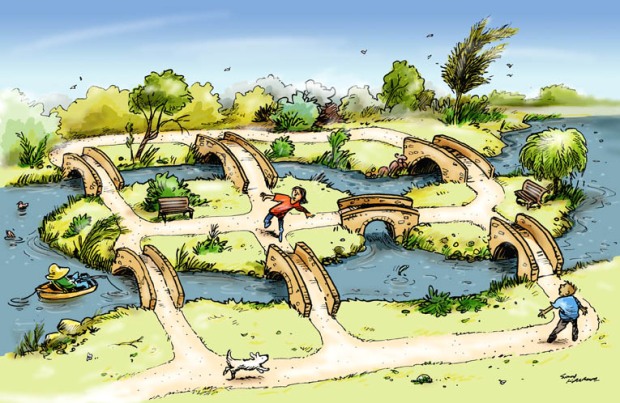Think of the world map. Most of you will think of the typical map where Europe and Africa are in the middle, with Russia dominating the Eurasian landmass and Greenland easily outsizing South America.

Mercator projection
The most common world map we use nowadays is based on the Mercator projection. Because the Earth is spherical and maps are two-dimensional rectangles, complex mathematics are involved to project the former on the latter by distorting the picture. The Mercator projection was created by Flemish cartographer Gerardus Mercator in 1569. The map was extremely useful for sailors because it depicted the curvature of the Earth in straight lines, making navigation much easier.
However, the Mercator projection severely distorts the size of each continents, meaning the image of the world we have in our heads is completely misleading. According to the Mercator projection, Greenland is as large as Africa, Alaska is as large as continental USA and Antarctica dwarfs every continent.

Gall-Peters projection
To solve this problem, the Gall-Peters projection was suggested in 1974 as an alternative as it correctly displayed the continents’ respective sizes. As you can see, in reality Greenland is significantly smaller than even Australia, Europe and Russia are much smaller than expected and Africa is an extremely large continent.
Dr. Arno Peters argued that the Mercator projection was a biased, euro-centric projection that harmed the world’s perception of developing countries. This of course, led to extreme controversy over the politics of cartography.

Africa vs Greenland
There are many other distortions commonly found in maps. Maps tend to enlarge the landmass of the own country subtly and some American maps go as far as placing the USA in the middle even if it means splitting Eurasia in half. Even though landmass does not correlate in any way with how well the lives of its inhabitants are, such distortions can be seen even nowadays. This shows that not everything you see is as it seems.




